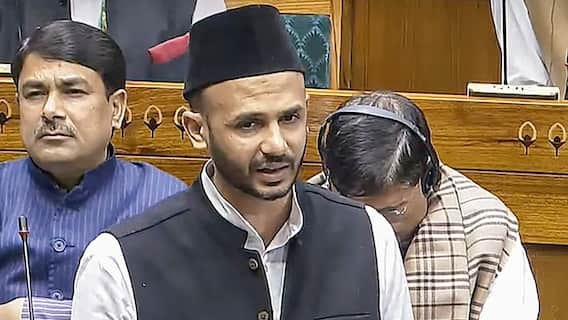Swine flu may trigger Type-1 diabetes: Study

Washington D.C. [USA], Sep 15 (ANI): People, especially children, infected with the H1N1 influenza, also known as swine flu, may be at increased risk diabetes, warns a recent study.
The findings indicated that Norwegians aged 30 or younger, who were infected with the H1N1 influenza virus, or hospitalised with influenza, during the 2009-2010 pandemic were twice as likely to go on to develop Type-1 Diabetes (T1D) than the general population.
This association was even stronger in children aged 15 years or younger--who had a 25 percent increased chance of developing type T1D.
T1D is a chronic autoimmune disease in which the immune system destroys the cells needed to control blood-sugar levels.
Infection with H1N1 influenza has previously been linked with the development of autoimmune disorders including narcolepsy.
Researcher Dr Paz Lopez-Doriga Ruiz with colleagues from the Norwegian Institute of Public Health and Oslo University Hospital, Norway analysed Norwegian population aged 30 years and under (2.28 million individuals) between June 2009 and June 2014, to investigate whether pandemic influenza diagnosis is linked with increased risk of T1D.
Following the 2009 pandemic, 2,376 individuals were diagnosed with T1D.
Those who reported influenza-like illness during the pandemic were 18 percent more likely to subsequently be diagnosed with T1D than those who did not have influenza.
The results also showed that Norwegians with laboratory confirmed H1N1 influenza, or who were hospitalised with an influenza diagnosis during the pandemic season had a doubled risk of later developing type 1 diabetes compared to the general Norwegian population.
The authors concluded that the study may support the hypothesis that respiratory infections can contribute to the development of type 1 diabetes, due to stress and inflammation in predisposed individuals.
The research is presented at European Association for the Study of Diabetes (EASD) Annual Meeting in Lisbon, Portugal. (ANI)
This story has not been edited. It has been published as provided by ANI
Trending News
Top Headlines





























